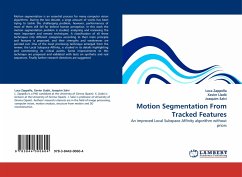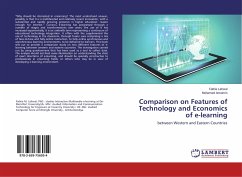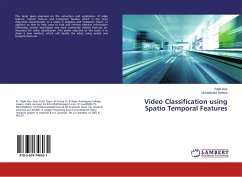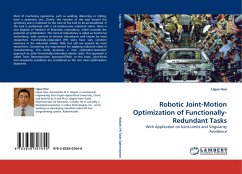Motion segmentation is an essential process for many computer vision algorithms. During the last decade, a large amount of works has been trying to tackle this challenging problem, however, performances of most of them still fall far behind human perception. In this work the motion segmentation problem is studied, analyzing and reviewing the most important and newest techniques. A classification of all these techniques into different categories according to their main principle and features is proposed, and their strengths and weaknesses are pointed out. One of the most promising technique emerged from the review, the Local Subspace Affinity, is studied in its details highlighting and commenting its critical points. Some improvements to this technique are proposed and validated with tests on synthetic and real sequences. Finally further research directions are suggested.
Bitte wählen Sie Ihr Anliegen aus.
Rechnungen
Retourenschein anfordern
Bestellstatus
Storno








